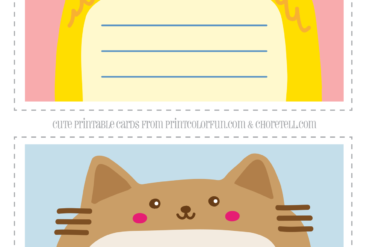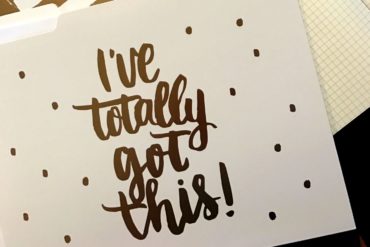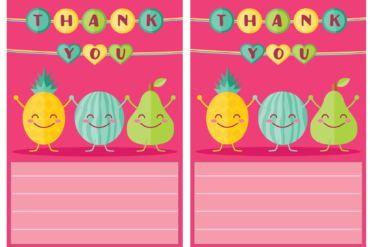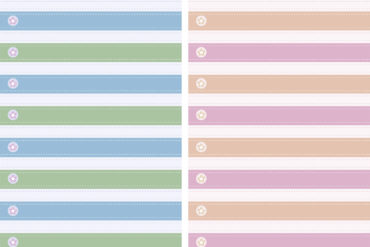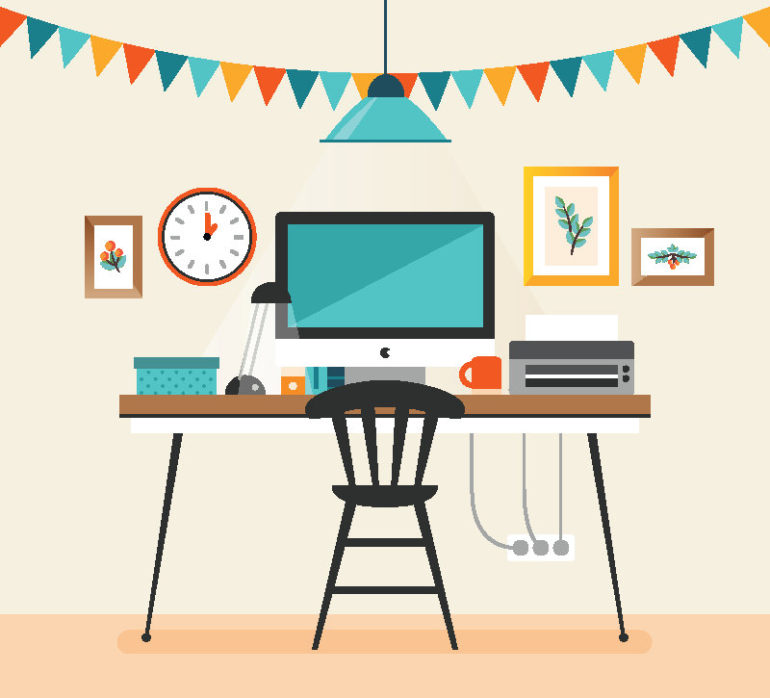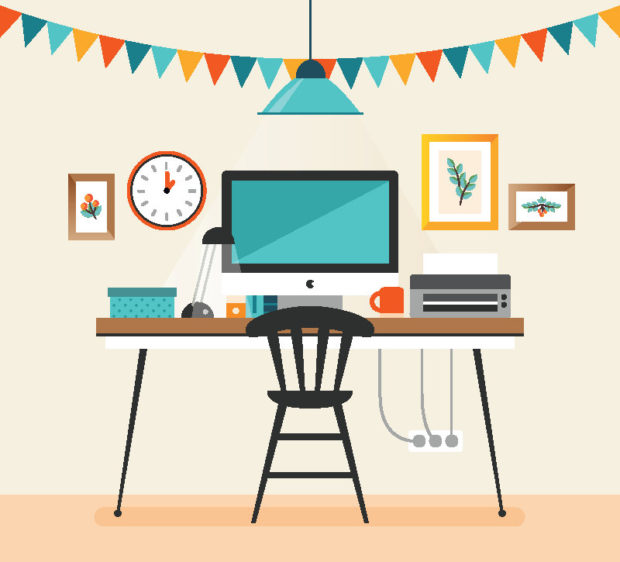
3 steps to a permanently clear off your desk
by Leo Babauta
Once upon a time, my desk was cluttered with all the things I was currently working on — not to mention dozens of things I wasn’t working on: notes, post-its, phone numbers, papers to be filed, stacks of stuff to work on later. I was too busy to organize it, and if I ever did get it cleared, it would pile up soon after.
It’s a different story today. These days, my desk is always clear, except for the one thing I’m working on, and perhaps a notebook and pen for jotting down notes, ideas or to-dos as they come up. It’s a liberating feeling… it calms me… it reduces stress and chaos… it definitely makes things easier to find… and it makes me more efficient and productive.
How did I make the transformation? Well, it wasn’t an easy journey, and I’ve improved over the years, but the basic steps are outlined below. The important thing to remember is that you must have a system in place, and you must teach yourself to follow the system. Otherwise, you just clean your desk, and it gets messy again.
Much of my current system (as opposed to stuff I’ve been trying along the way) is taken almost completely from “Getting Things Done,” by David Allen. A must read if you haven’t yet.
Here’s the system
1. First, take everything on your desk and in your drawers, and put them in one big pile. Put it in your “in basket” (if it doesn’t fit, pile it next to your desk or something). From now on, everything that comes in must go in your in basket, and you process everything as below.
2. Process this pile from the top down. Never re-sort, never skip a single piece of paper, never put a piece of paper back on the pile. Do what needs to be done with that paper, and then move on to the next in the pile. The options: trash it, delegate it, file it, do it, or put it on a list to do later. In that order of preference. Do it if it takes 2 minutes or less to complete. If it takes more, and you can’t trash, delegate or file it, then put it on a list of to-dos (more on your to-do list in another post).
3. Repeat at least once daily to keep desk clear. The end of the day is best, but I tend to process and tidy up as I go through the day. Once you’ve processed your pile, your desk is clear. You’ve trashed or filed or somehow put everything where it belongs (not on top of your desk or stashed in a drawer). Keep it that way. You must follow the system above: put everything in your inbox, then take action on each piece of paper in the inbox with one of the steps listed. If an item is on your to-do list, you can keep the paper associated with it in an “Action” folder. But you must regularly (daily or weekly) go through this folder to ensure that everything is purged.
Keep it simple, keep it clear
It’s that simple. Have a phone number on a post-it? Don’t leave it on top of your desk. File it in your rolodex or contacts program.
Have something you need to work on later? Don’t keep the papers on top of your desk. Put it on your to-do list, and file the papers in your Action folder. File or trash or delegate everything else.
Leaving stuff on top of your desk is procrastination (and as a procrastinator, I should know). If you put it off until later, things will be sure to pile up on your desk. Deal with them immediately, make a decision, take action.
What I’ve described is a good habit to learn, but it takes time to learn it. You’ll slip. Just remind yourself, and then do it. Soon it’ll be a habit you have a hard time breaking.
And trust me, once you’re used to your desk being clear, you won’t want to break this habit.

